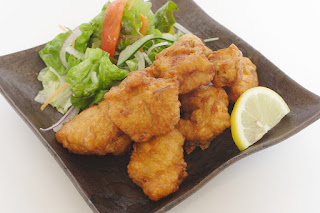Napolitan is a spaghetti dish that originated in Japan.
Napolitan is a spaghetti dish that originated in Japan. The version of Napolitan that we know today first became popular after World War II. It is said that the original version was meatball spaghetti, which was eaten by American soldiers from the occupation forces, and that it was first made at the New Grand Hotel (Yokohama City), where Douglas MacArthur and other officers were staying. The characteristic of the Japanese-born spaghetti "Napolitan" is that the pasta is boiled until it is soft right down to the core, giving it a chewy texture. After the end of World War II, in the 1960s, "kitchen cars" appeared, which demonstrated cooking and served it for free in order to improve the nutrition of the Japanese people. The kitchen cars, which provided nutritional guidance, travelled around the country, introducing recipes for spaghetti, pancakes, doughnuts and more. Of the dishes introduced in this way, the spaghetti napolitan quickly spread throughout the country be...













